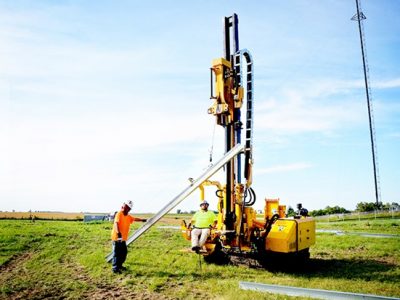For any business owner or new person planning to import or export in Canada, you need to understand certain regulations and policies aside from just getting a reliable and competent customs broker like Clearit customs clearance – even that is also important too. Here is a guide to help you make proper and informed preparations:
Exporting/Importing
Goods to be exported need to be declared as required by the Customs Act. This means that you need to report them to the relevant authority. This is to ensure that the goods do not constitute a security threat to other countries.
This is aimed at:
- Controlling the export of restricted goods
- Retrieving accurate information on Canadian exports
- Controlling outbound movement of goods in transit through Canada
When preparing for exports, you need to follow the steps thus:
#1: Obtain a Business Number
You need to obtain a business number either as an individual or a business owner. This number is issued for an export or import account by the Canada Revenue Agency. It takes a few minutes to set up and it’s free.
#2: Identifying the Goods Being Shipped
You need to provide a complete description and accurate information of the goods to be exported. This information will help the Canada Border Services Agency (CBSA) to determine whether or not the goods are restricted, dangerous, prohibited, regulated or will require a permit or license.
Also, the origin of the goods needs to be provided as part of the information as it will affect the issuance of the permit.
#3: Ensure Goods are permitted for Export/Import
It is very important to ensure that the goods are allowed entry into the country of destination. You also need to inform the carrier to indicate no declaration required (NDR) if the goods to be exported is deemed meets the requirements and, therefore permit by the country of destination.
#4: Classifying Goods (Importing)
You need to determine the accurate tariff classification number once you have confirmed that the goods may be imported. These numbers together with the goods country of origin are used to determine the duty charges you would have to pay.
#5: Duties and Taxes (Importing)
When the accurate tariff number has been determined, you will need to establish the appropriate tariff treatment that applies to your goods. This will help you to determine the duty rate.
#6: Shipping and Reporting Goods
Before exporting, you must report your export to the CBSA if you are required to do so. The timeframe must be put into consideration which is dependent on the mode of transportation.













Comments